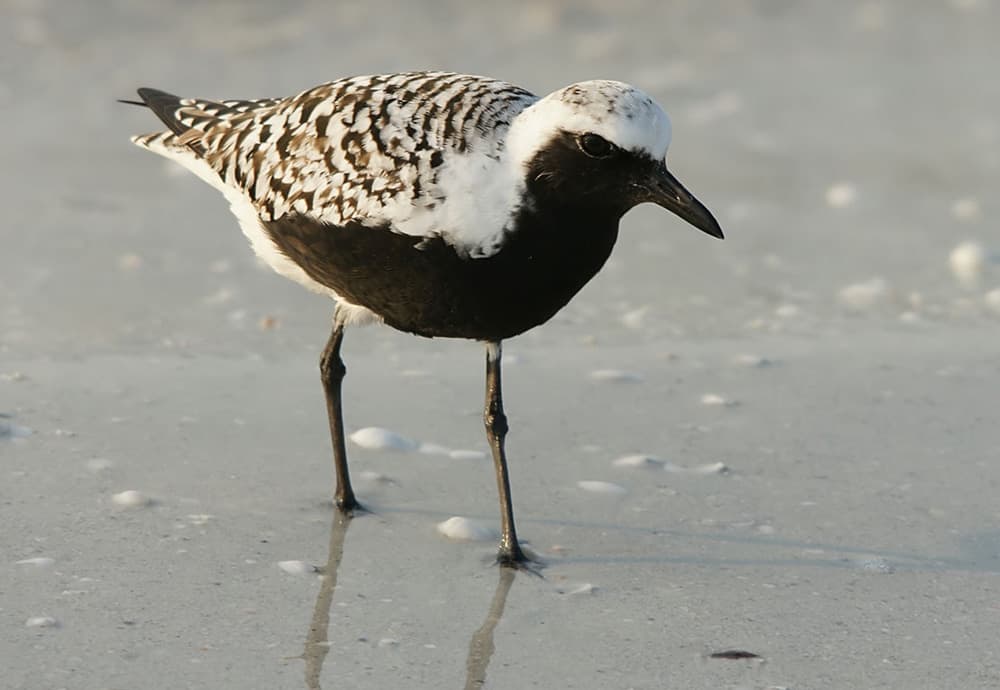Breeding-plumaged males, encountered from fall through early summer, are an overall ashy gray, with a distinctive white vertical spike dividing the breast from the sides. The relatively round head is a rich cinnamon brown, with an iridescent green mask encircling the eye and narrowing toward the back of the head.
Female and non-breeding male green-winged teal show a typical dabbling duck combination of streaky brown plumage and a dark eyeline. In all plumages, these ducks have a prominent buffy patch under the tail that is easily visible on both swimming and flying birds. Finally, in all plumages, the rich emerald wing patch is often visible, even when the birds are at rest.
Green-winged teal breed throughout nearly all of Canada and Alaska, except the Arctic archipelago. In the United States, the breeding range runs from the Pacific Northwest to the Dakotas and Minnesota. In winter, they occur nearly throughout the United States, with the exception of the Great Lakes region, interior New England, the upper Midwest, and the northern Rocky Mountain region.
The female voice is shriller and more feeble than other ducks; a nasal, scratchy SKEE we we we. Courting males have a shrill, ringing whistle kreed or krick; males in fall give a hoarser whistle.




